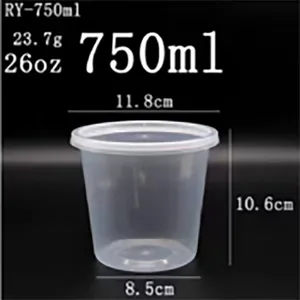[Compact Response]
Producing a 50/50 mixture of methanol and water is a straightforward process often used for various applications like fuel blends or antifreeze. Here's a simple method:
1. Safety First: Wear protective gear like gloves and goggles since methanol is toxic and flammable.
2. Measure Accurately: Gather equal volumes of methanol and water. You can use a graduated cylinder or a measuring cup for precision.
3. Mixing: Pour the methanol into a clean, non-reactive container (preferably glass or plastic). Slowly add the water while stirring gently to combine.
4. Double-check: Verify the ratio before use. If needed, use a hydrometer to measure the solution's specific gravity.
Remember, this mixture can be hazardous; handle it with care, store it properly, and avoid ingestion or skin contact.
Recommended Suppliers
-
 小敏测试128
小敏测试128 -
 5xiaominrenminbiAAABBB
5xiaominrenminbiAAABBB -
 Food Grade Sodium Citrate 30-100mesh
Food Grade Sodium Citrate 30-100mesh -
 GA-SERIES GENERAL GRAVURE INK FOR PLASTIC LAMINATED FILM
GA-SERIES GENERAL GRAVURE INK FOR PLASTIC LAMINATED FILM -
 Y1500 disposable plastic 1500ml bowl food container
Y1500 disposable plastic 1500ml bowl food container -
 Food Grade 99% Purity Bcaa Powder for Energy Supplement 2:1:1
Food Grade 99% Purity Bcaa Powder for Energy Supplement 2:1:1 -
 CY-C30round bottom
CY-C30round bottom
- •low carbon dioxide in blood
- •how many crankshafts are in a v8 automobile engine
- •how to make 50 50 methanol
- •how to make 50 50 methanol
- •Application control of powder coating sand texture agent
- •Brief description of talcum powder wastewater treatment application and development suggestions
- •Coating costs rise, application of talc powder can reduce costs
- •China’s annual output of talc powder is approximately 2.45 million tons
- •Analysis of the development overview and growth prospects of China’s talc powder




